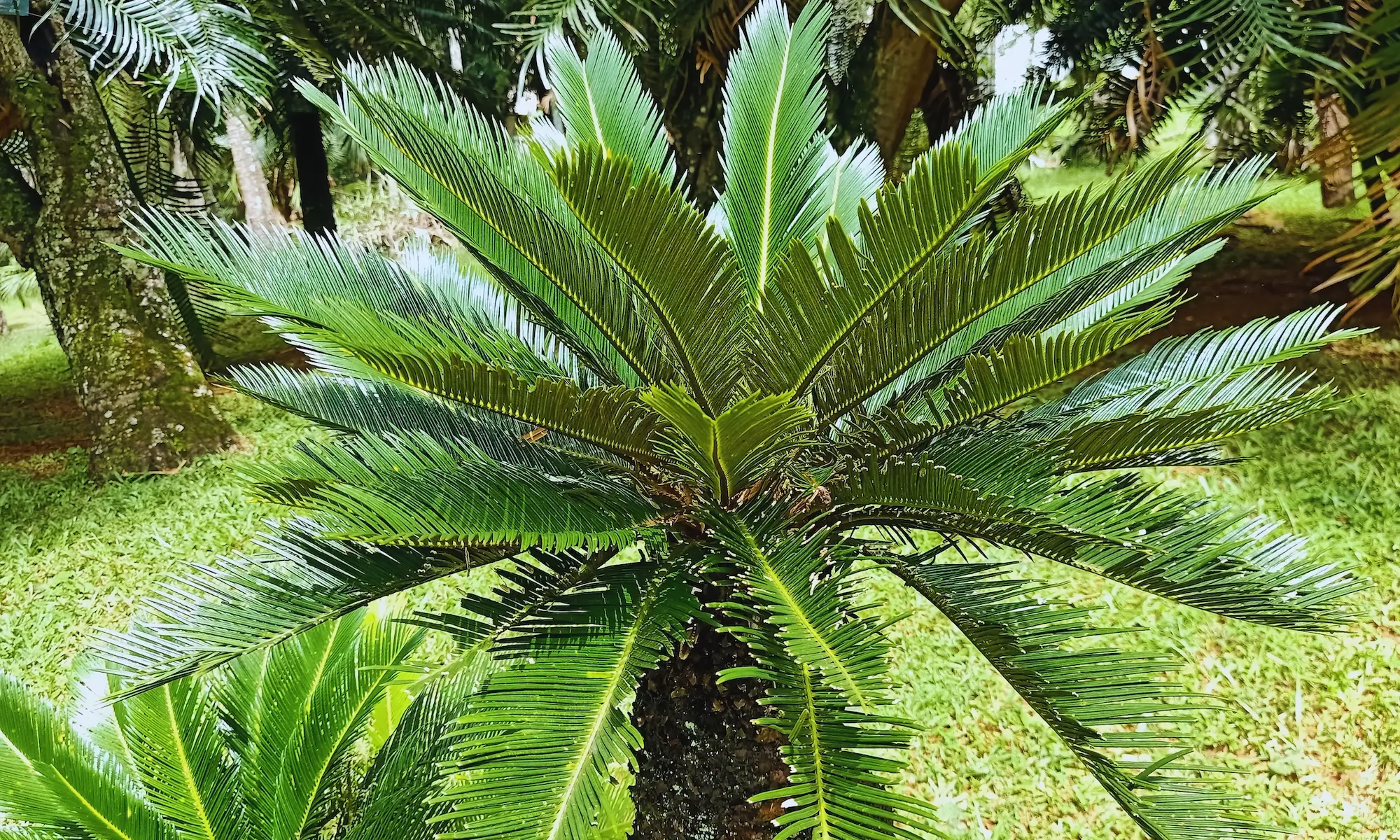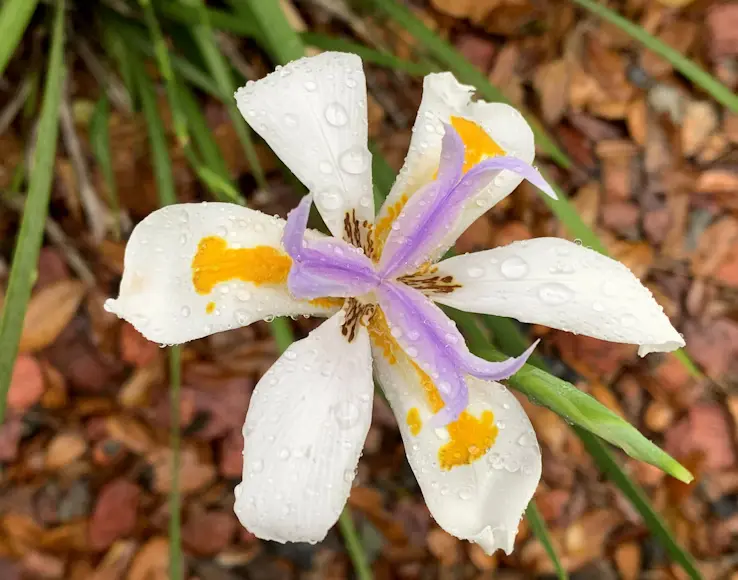
Soil Health & Fertilization
We unite suppliers and green industry professionals worldwide
Meet the Sago Palm — a prehistoric wonder that adds dramatic, architectural interest to any space
By Victor Miller
|Published on June 12, 2025


“What plant has survived since the era of dinosaurs and still looks perfectly chic on your patio?”
Meet the Sago Palm — a prehistoric wonder that adds dramatic, architectural interest to any space. Despite its appearance, it’s not a true palm but a cycad, belonging to a group of plants that goes back more than 200 million years. The Sago Palm is both timeless and on-trend, with glossy, feathery fronds and slow-growing habit.
Native to southern Japan, this plant is prized for its resilience, low maintenance needs, and versatility as a potted or landscape specimen. But don’t let its rugged appearance deceive you — every part of this plant is toxic if consumed, so it should only be admired by adults and kept away from pets and children.
Whether you're adding structure to a tropical display or creating a minimalist container garden, the Sago Palm represents a powerful, long-lasting statement.
| Common Name | Sago Palm |
| Botanical Name | Cycas revoluta |
| Plant Type | Evergreen cycad |
| Height/Spread | 3–10 feet tall and 3–10 feet wide (mature ones) |
| Sunlight requirements | Full sun to partial shade |
| Soil needs | Well-draining, sandy or loamy soil |
| Watering needs | Low to moderate (drought-tolerant once established) |
| Bloom Time | Rarely flowers (produces cones instead) |
| Hardiness Zones | USDA 8–11 |

September 25, 2025
9 minute read
September 24, 2025
9 minute read
September 23, 2025
10 minute read
September 22, 2025
9 minute read


Join as a seller and connect with thousands of B2B buyers nationwide!
Sign Up

Dalmatian Bellflower
Want a tough, low-maintenance plant that’ll bring a pop of color to your garden? How about Dalmatian Bellflower (Campanula portenschlagiana)!

African Daisy
Acclaimed for its showy flowers and easy maintenance, the African Daisy can be grown in a window box, hanging basket, border as well as in containers. Its flowers in purple, pink, white and yellow blossoms which daisy-like bloom will uplift the spirit of

African Fern Pine
A rich green foliage and its tolerance to sun or partial shade makes iAfrican Fern Pine an asset to any garden or landscape around the world. This evergreen tree has a soft and gentle texture from its feathery, fern-like leaves falling from its branches.

African Iris
African Iris is a low maintenance, clump forming perennial with sword-like leaves and striking flowers that look similar to a mix between an iris and an orchid.
Sago Palm care is all about mimicking its native subtropical environment. It doesn’t like humidity and moisture, but prefers warmth, light, and dry conditions. Plant it in a sunny to partly shady spot with good drainage — this is important, as root rot is the only real threat to it.
This slow-grower won’t require frequent repotting or heavy fertilization, but it does enjoy a balanced fertilizer in the growing season. Water moderately, and allow the topsoil to dry out between waterings. In regions with cold winters, potted specimens should be brought indoors or protected from frost.
Bright light is optimal for Sago Palms. Outdoors they prefer full sun. In super hot climates, some afternoon shade is appreciated. Indoors, place near a south- or west-facing window for optimal growth. If it doesn’t get enough light, the plant will grow leggy and not very symmetrical.
Good drainage is essential. Use a sandy, gritty, or cactus-type mix. Soil must be well aerated and never wet. If planting in the ground, you can amend with sand or gravel to avoid sogginess. Slightly acidic to neutral soil (pH 6.0–7.0) is best.
Water less often and deeply. Allow the soil to dry thoroughly between waterings. Overwatering can lead to root and crown rot, especially in containers. During winter or dormancy it will only need watering every few weeks.
The most common method for propagating Sago Palms is by pups, which are small offsets that develop at the plant’s base.
Propagation by seed is possible but slow and unreliable compared to pups.
Sago Palms are ideal container plants and do well indoors or on sunny patios.
Containers should be heavy enough to support the plant’s top-heavy fronds. Repot every 3–4 years, or when roots outgrow the container.
In USDA zones 9–11, Sago Palms may stay outside all year. In cooler climates:
Outdoor plants in borderline zones can be protected with frost cloths or mulched heavily around the base.
Sago Palms do not flower, but mature plants can develop cones. Male plants grow upright, cone-shaped structures, while female plants create a round, cabbage-like structure that may hold seeds if pollinated.
These cones typically emerge after the plant reaches 15–20 years of age, so don’t expect reproductive growth any time soon. Even so, the unique cones add architectural interest and highlight the plant’s ancient lineage.
Sago Palms are fairly resilient, but may run into a few problems:
Pets should never have access to Sago Palms, as ingestion can be extremely toxic, even fatal.
The Sago Palm is a timeless treasure - tough, slow-growing, and effortlessly elegant. With its prehistoric appeal and low-maintenance needs, it’s a good choice for gardeners who appreciate both structure and style. Whether in a pot on your porch or set as a specimen in a subtropical bed, the Sago Palm stands tall (and spiky) as a testament to nature’s enduring design.
Yes, all parts — particularly the seeds — are extremely poisonous to pets and humans.
Absolutely. It does well indoors, as long as it has adequate light and isn’t overwatered.
Overwatering, poor drainage, or nutrient deficiencies are all possible causes.
Light feeding during spring and summer is helpful. Avoid over-fertilizing, which can harm roots.

Soil Health & Fertilization
Victor Miller

Pest Identification & Prevention
Victor Miller

Lawn Care Tips & Maintenance
Victor Miller

Soil Health & Fertilization
Victor Miller

Smart Irrigation Systems
Victor Miller

Patios, Walkways & Driveways
Victor Miller

Soil Health & Fertilization
Victor Miller

Pest Identification & Prevention
Victor Miller
My Account
Our team is always here to help.
We are open Monday - Friday, 9:00 AM to 4:30 PM PST.